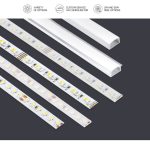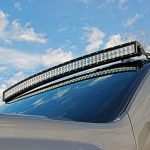Eliminate LED Light Radio Interference: Quick Fixes You Need to Know

LED lights have become increasingly popular over the years due to their energy efficiency, long lifespan, and versatile options in terms of colors and designs. However, one common problem that many people encounter when using LED lights is radio interference. This interference can cause disruptions in your favorite radio stations, affect the signal quality of your television, and even interfere with your Wi-Fi connection. If you’re experiencing this problem, there’s no need to worry as there are several quick fixes that you can employ to eliminate LED light radio interference. One of the reasons why LED lights cause radio interference is due to the high-frequency electronic circuits that control the LEDs. These circuits can produce electromagnetic interference that can affect the reception of nearby radio signals. This interference can be particularly problematic for those who live in urban areas where radio signals are already weak. Fortunately, there are various solutions that can help you eliminate LED light radio interference, and we’ll explore some of the most effective methods in this article.
LED lights can create radio frequency interference due to their electronic components. When an LED light is illuminated, an electrical current is passed through its semiconductor material, causing it to emit light. However, this process also generates electromagnetic radiation, which can interfere with radio signals. The interference can be particularly noticeable in the AM radio frequency range, where LED lights can create static or distortion in the radio signal. The interference can be reduced or eliminated by using LED lights that comply with FCC regulations, adding filters or ferrite cores to the wiring, or relocating the LED lights away from sensitive electronic equipment.
Dealing with LED light radio interference is crucial as it can cause significant problems to various electronic devices, such as radios, televisions, and even internet connections. This issue can result in poor signal quality, weak connections, and even complete signal loss. As the use of LED lights continues to grow, the need to address this problem becomes more pressing. Taking steps to eliminate or reduce LED light radio interference can lead to a more stable and reliable electronic environment, allowing for better communication and improved performance. Whether it’s at home, in the office, or in public spaces, addressing this issue is essential for maintaining a functional and efficient electronic infrastructure.
Causes of LED Light Radio Interference
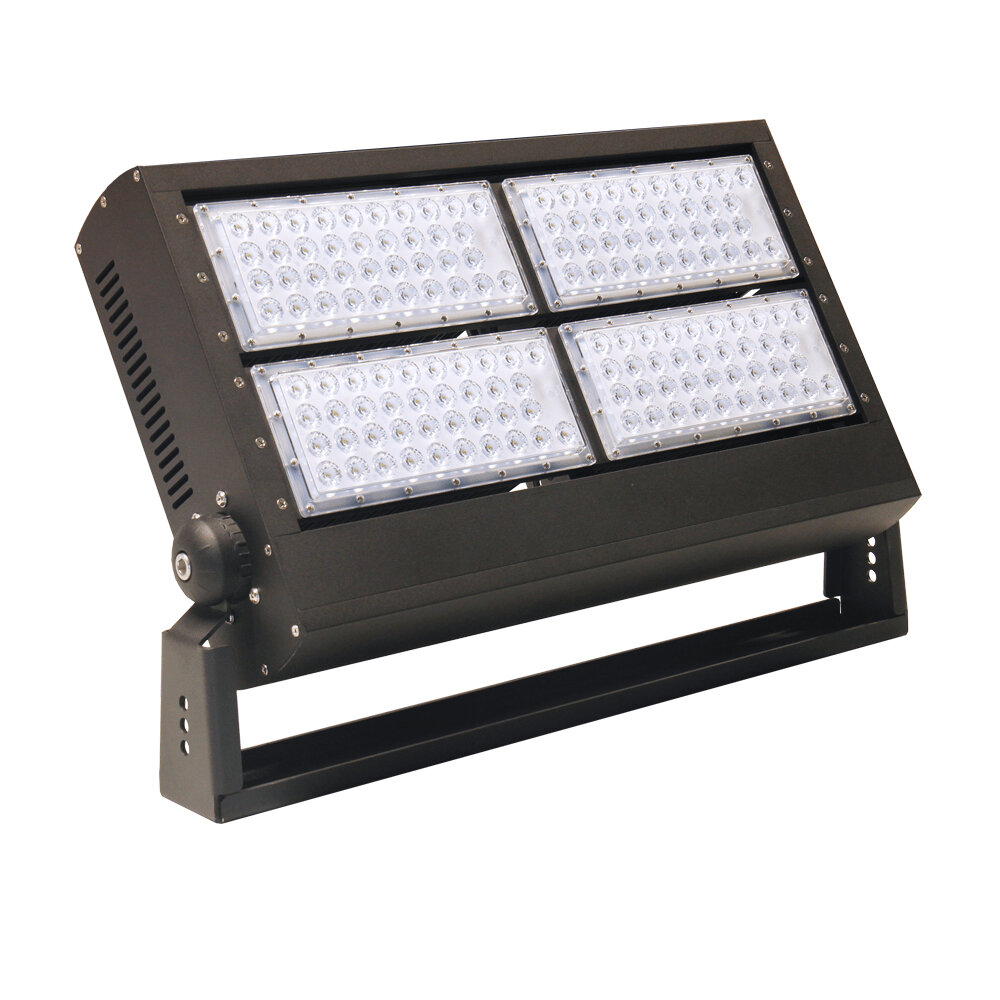
LED lights are known for their energy efficiency and long lifespan, making them a popular choice for both residential and commercial lighting needs. However, these lights can sometimes cause radio interference, which can be a frustrating issue for those who rely on clear radio signals. There are several factors that can contribute to LED light radio interference, including poor grounding, electromagnetic interference, and radio frequency interference. Poor grounding is a common cause of LED light radio interference. If the LED lights are not grounded properly, they can generate electrical noise that can interfere with radio signals. This can be particularly problematic in older buildings, where the electrical systems may not be properly grounded. In some cases, adding a grounding wire or upgrading the electrical system may be necessary to eliminate the interference. Electromagnetic interference is another potential cause of LED light radio interference. Electromagnetic interference occurs when the electrical current flowing through the LED lights creates a magnetic field that interferes with radio signals. This can be particularly problematic if the LED lights are located close to radio equipment or antennas. Shielding the LED lights or relocating them further away from radio equipment may be necessary to eliminate the interference. Additionally, radio frequency interference can occur if the LED lights are operating on the same frequency as the radio signal. In these cases, changing the frequency of the LED lights or the radio signal may be necessary to eliminate the interference.
The radio interference caused by LED lights can be attributed to several factors, such as the design of the LED driver, poor grounding, and electromagnetic compatibility issues. The LED driver, which converts AC to DC power, can produce high-frequency noise that interferes with radio signals. Poor grounding can also result in electromagnetic interference, as the electrical current seeks a path to ground through the airwaves. Additionally, LED lights may not be designed with proper electromagnetic compatibility, resulting in unintentional radio frequency emissions. Addressing these causes may involve using a different LED driver, improving grounding, or selecting LED lights that meet electromagnetic compatibility standards.
LED lights have become increasingly popular due to their energy efficiency and long-lasting properties. However, they can cause radio interference, which can be frustrating for those who rely on clear radio signals. This interference is caused by the LED driver, which converts the alternating current (AC) into direct current (DC) to power the LED. The driver can create electromagnetic interference (EMI) that can disrupt radio signals. EMI can occur when the driver’s circuitry switches on and off rapidly, causing radio signals to be blocked or distorted. This interference can be reduced by using LED lights with better driver circuitry or installing filters to block EMI.
Electronic devices are prone to interference caused by various factors, including environmental and man-made conditions. One of the most common causes of interference is LED lighting. LED lights emit electromagnetic radiation that can interfere with other electronic devices, such as radios, televisions, and computers. This type of interference is known as radio frequency interference (RFI) and can cause disruptions, distortion, or even complete loss of signal. Other electronic devices that are susceptible to interference include wireless routers, cell phones, and Bluetooth devices. To avoid or eliminate such interferences, it is essential to use high-quality electronic devices and ensure that they are placed far away from LED lights or any other sources of RFI.
Quick Fixes for LED Light Radio Interference
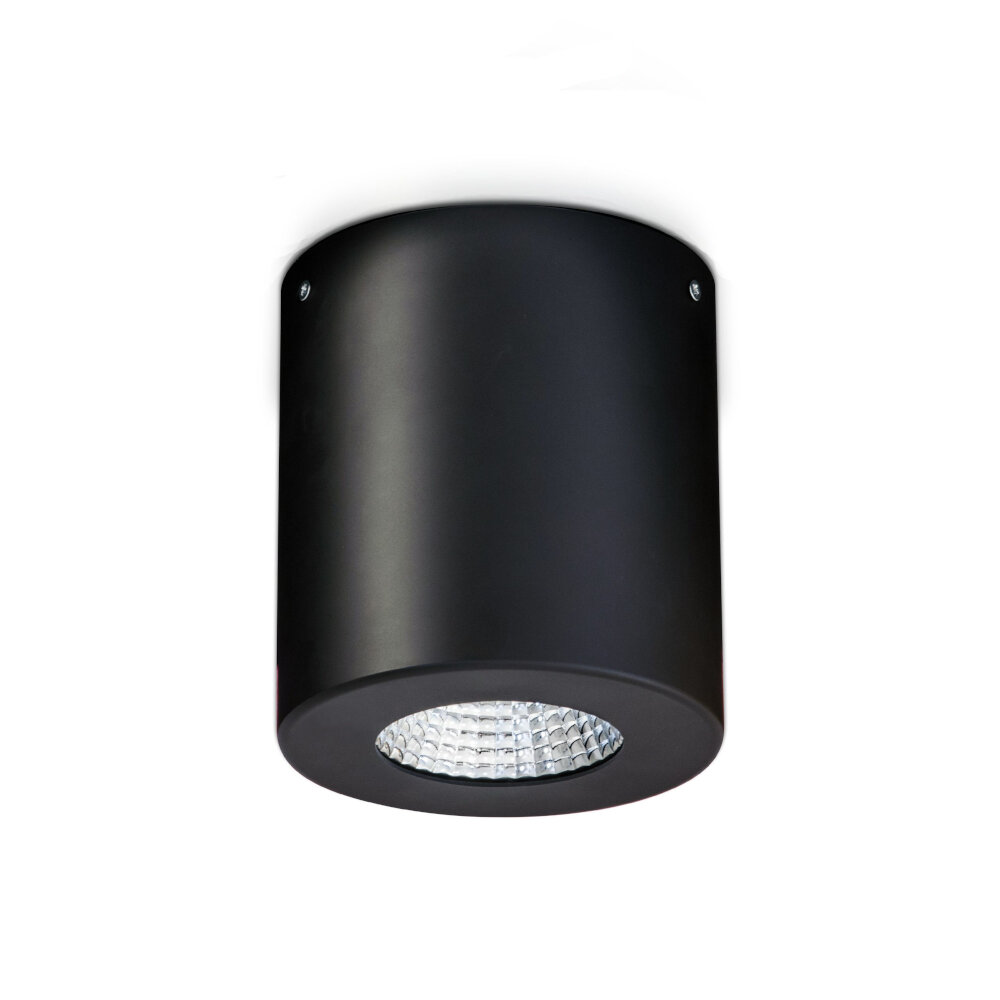
LED lights are the newest and most energy-efficient lighting technology in the market, and they have become popular in homes and businesses alike. However, their use has led to an unforeseen problem: radio interference. LED lights can create electromagnetic interference that affects the reception of radios, televisions, and other electronic devices. The interference can be annoying, especially when it causes static in radios or disrupts the signal in a TV. Fortunately, there are quick fixes to eliminate LED light radio interference. One of the simplest solutions to LED light radio interference is to switch to a different brand or model of LED light bulb. Some brands are more prone to interference than others, and switching to a different brand can solve the problem. Alternatively, you can opt for LED bulbs that are labeled as \low-EMI,\ which means they produce lower levels of electromagnetic interference. Additionally, you can try adding an interference filter to your LED lights. These filters are designed to reduce the electromagnetic interference emitted by the LED bulbs, and they are available in many electronic stores. By following these quick fixes, you can enjoy the benefits of LED lighting without the annoyance of radio interference.
If you’re experiencing radio interference caused by LED lights, there are several quick fixes you can try. First, try moving your radio or antenna away from the LED lights, as this may reduce the interference. If that doesn’t work, you can try installing a ferrite core on the power cord of your LED lights, which can help to reduce the interference. Another option is to use shielded power cords for your LED lights, which can help to reduce the amount of interference they produce. Finally, you can try using an RF interference filter on your radio or antenna, which can help to block the unwanted signals from your LED lights. By trying these quick fixes, you may be able to eliminate the radio interference caused by your LED lights and enjoy clearer radio signals.
When it comes to dealing with LED light radio interference, one of the most effective solutions is the use of shielded cables. These cables are designed with a protective layer that prevents electromagnetic interference from affecting the signals transmitted through them. Shielded cables are particularly useful in situations where LED lighting is located in close proximity to radio equipment, such as in recording studios or radio stations. By investing in shielded cables, you can significantly reduce the amount of radio interference caused by LED lights, leading to clearer and more reliable communication and audio performance.
If you’re experiencing radio interference from your LED light bulbs, the quickest fix may be to simply replace them. LED bulbs are known to emit electromagnetic radiation that can interfere with radio signals. However, not all LED bulbs are created equal in this regard. Some are designed with better shielding to prevent interference. When choosing LED bulbs, look for those that are labeled as \radio interference free\ or have FCC compliance certification. By replacing your LED bulbs with ones that are designed to minimize interference, you can enjoy both energy-efficient lighting and uninterrupted radio reception.
Ferrite beads are an effective solution to reduce LED light radio interference. These small cylindrical components are made of ferrite material that suppresses high-frequency noise. By placing a ferrite bead around the power cord of the LED light, it can act as a filter, reducing the electromagnetic interference that can cause disruptions in radio signals. Ferrite beads are easy to install and can be added to any LED light setup. They are an affordable and practical solution to eliminate radio interference caused by LED lights, ensuring that your radio signals remain clear and uninterrupted.
One of the ways to eliminate LED light radio interference is to relocate electronic devices. In most cases, electronic devices such as routers, wireless speakers, and baby monitors can cause radio interference when placed close to LED lights. Moving these devices to a different location or further away from the LED lights can help minimize the interference. Additionally, it is essential to ensure that the electronic devices are not placed in direct line-of-sight with the LED lights, as this can intensify interference. By relocating electronic devices, it is possible to reduce radio interference and enjoy better-quality audio and video transmissions.
One effective solution to eliminate LED light radio interference is to use an RF filter. An RF filter or Radio Frequency filter is a device that is used to stop unwanted signals from entering or leaving a particular circuit. An RF filter works by attenuating or blocking specific frequencies of electromagnetic radiation. By installing an RF filter between the power source and the LED light, it can help reduce the RF noise emitted by the LED light. This solution can be especially useful in situations where other methods of reducing the interference are ineffective. RF filters are available in various types and sizes, and selecting the appropriate one will depend on the specific application and the frequency of the interference.
Prevention of LED Light Radio Interference
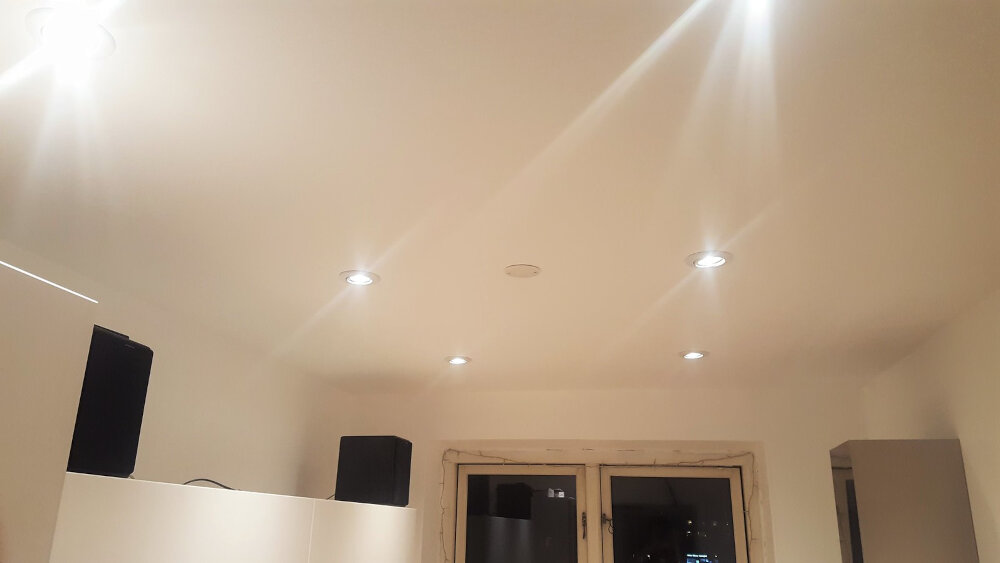
LED lights are a popular choice for homeowners and businesses due to their energy efficiency and longevity. However, one issue that can arise with LED lights is radio interference. This occurs when the LED light emits electromagnetic waves that interfere with radio signals, resulting in poor reception. The good news is that there are several preventative measures that can be taken to eliminate LED light radio interference. The first step in preventing LED light radio interference is to choose LED lights that are labeled as \low-EMI\ or \EMI-free.\ These lights have been designed to emit minimal electromagnetic interference and will not interfere with radio signals. Another preventative measure is to use a quality LED driver that is specifically designed for the LED lights being used. A well-designed driver will help to minimize electromagnetic interference and prevent radio interference from occurring. Additionally, using high-quality shielded cables can help to reduce interference and improve overall signal quality. By taking these preventative measures, LED light radio interference can be eliminated, allowing for clear and uninterrupted radio reception.
Preventing LED light radio interference is crucial to avoid signal problems in electronics. A few measures can be taken to reduce the interference, such as using high-quality LED lights with appropriate shielding, grounding the light fixtures, and reducing the length of wires connecting to the LED light. Additionally, using ferrite cores or filters can help reduce electromagnetic interference. It’s important to note that the interference can also be caused by other electronic devices that emit radio signals, such as cell phones or Wi-Fi routers. Therefore, it’s recommended to keep these devices away from the LED light fixtures to avoid any potential interference. By taking these precautions, you can eliminate LED light radio interference and ensure your electronics work flawlessly.
When purchasing LED lights, it is important to look for products that are certified and comply with electromagnetic compatibility (EMC) standards. These standards ensure that the LED lights are designed to minimize interference with other electronic devices. Additionally, it is recommended to look for LED lights that have a built-in filter to reduce electromagnetic interference. Another tip is to choose LED lights with a lower frequency range, as they are less likely to interfere with radio signals. Finally, it is important to ensure that the wiring and installation of the LED lights are done correctly, as poorly installed lights can also cause interference. By following these tips, you can ensure that the LED lights you purchase are less likely to cause radio interference.
To properly install LED lights and minimize interference, there are several key steps to follow. First, ensure that the LED lights are compatible with your electrical system and that they are properly grounded. It is also important to use high-quality wiring and connectors to avoid any disruptions in the electrical signal. Additionally, it is recommended to use filters or shielded cables to reduce any electromagnetic interference. Finally, be sure to follow any specific instructions or guidelines provided by the manufacturer to ensure proper installation and minimize any potential interference. By taking these steps, you can enjoy the benefits of LED lighting while minimizing any disruptions to your electrical system or radio signals.
Professional Assistance for LED Light Radio Interference
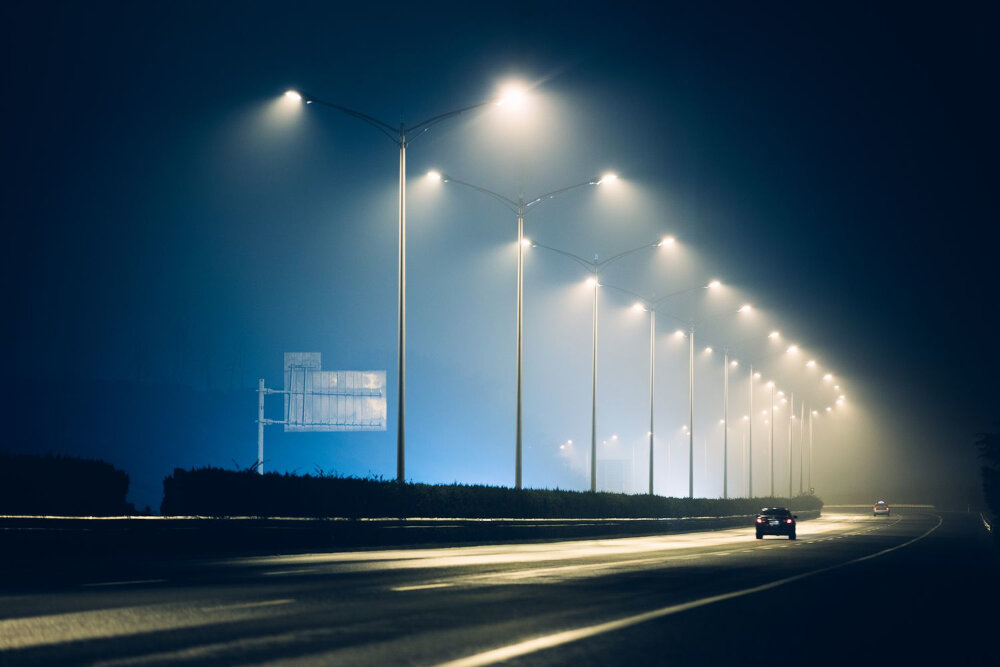
It is not uncommon for LED lights to cause radio interference, which can be a major issue for those who rely on radio communication. If you have tried all the quick fixes and still cannot eliminate the interference, it may be time to seek professional assistance. A professional electrician or technician can assess your situation and determine the best course of action. One solution a professional may suggest is installing an EMI filter. An EMI filter is designed to reduce electromagnetic interference, which is the cause of most radio interference. It works by filtering out unwanted frequencies and allowing only the necessary ones to pass through. This can be especially helpful for those who rely on radio communication for their job or hobby, such as pilots, ham radio operators, or emergency responders. A professional can help you choose the right filter for your specific needs and install it properly to ensure maximum effectiveness. Overall, seeking professional assistance is a smart choice when dealing with LED light radio interference, as it can save you time, money, and frustration in the long run.
When dealing with LED light radio interference, it’s essential to know when to seek professional help. If the interference is causing significant disruption to your radio or television signals, it’s best to consult an expert. Additionally, if you’ve tried all the quick fixes and the interference persists, it’s time to bring in a professional. They will have the expertise and equipment necessary to diagnose the issue and provide a solution that ensures the interference is eliminated. In some cases, the interference could be a result of faulty wiring, which can be a safety hazard, so it’s always better to err on the side of caution and seek professional help.
Hiring a professional to diagnose and fix radio interference caused by LED lights can save you time, money, and frustration. A professional can quickly identify the source of the problem and provide a solution that is both effective and long-lasting. They have the necessary equipment and knowledge to accurately diagnose the issue and make the necessary repairs. Attempting to fix the problem yourself may lead to further damage or even injury, so it is best to leave it to the experts. In addition, a professional can provide advice on how to prevent similar issues from occurring in the future, ensuring that you have a reliable and interference-free lighting system.
In order to prevent future interference caused by LED lights, professionals can take various measures. Firstly, they can ensure that the LED lights they install are of high quality and meet the relevant standards. This can be done by carefully selecting suppliers and rigorously testing the lights before installation. Secondly, professionals can use shields and filters to help reduce electromagnetic interference. These can be installed on the LED lights themselves or on other electronic devices that may be affected by the interference. Finally, professionals can educate their clients about the potential risks of LED light interference and provide guidance on how to minimize the risk of interference. By taking these steps, professionals can help to prevent future interference and ensure that their clients can enjoy the benefits of LED lighting without any unwanted side effects.
LED lights are known to cause radio interference, which can be a nuisance for those who rely on clear radio signals. The main culprit behind this issue is the switching power supply that LED lights use to regulate their voltage. This power supply creates electromagnetic interference that can disrupt radio waves. Other factors that contribute to LED light radio interference include poor grounding, faulty wiring, and low-quality LED bulbs. It’s important to address these issues to minimize the interference and ensure that your LED lights don’t disrupt your radio signals. By properly grounding your LED lights, using high-quality bulbs, and checking your wiring, you can eliminate LED light radio interference and enjoy clear radio signals once again.
In the article titled \Eliminate LED Light Radio Interference Quick Fixes You Need to Know,\ the author highlights several quick fixes and preventative measures to combat LED light radio interference. The quick fixes include using ferrite beads, adding capacitors, and replacing the LED bulb. Additionally, the article emphasizes the importance of preventative measures such as using high-quality LED bulbs, ensuring proper grounding, and avoiding the use of cheap LED bulbs. By implementing these quick fixes and preventative measures, individuals can eliminate LED light radio interference and enjoy seamless radio communication without any disruptions.
The increasing use of LED lighting has led to an unforeseen problem: radio interference. This interference can cause a variety of issues, including poor signal quality for radios, televisions, and other electronic devices. It can also lead to more severe problems like lost data or damaged equipment. Therefore, addressing the LED light radio interference is crucial to ensure that electronic devices function correctly. This can be achieved by using proper shielding, purchasing LED lights that meet regulatory standards, and positioning devices away from sources of interference. By taking these steps, individuals can enjoy the benefits of LED lighting without experiencing any negative effects on their electronic devices.
Conclusion
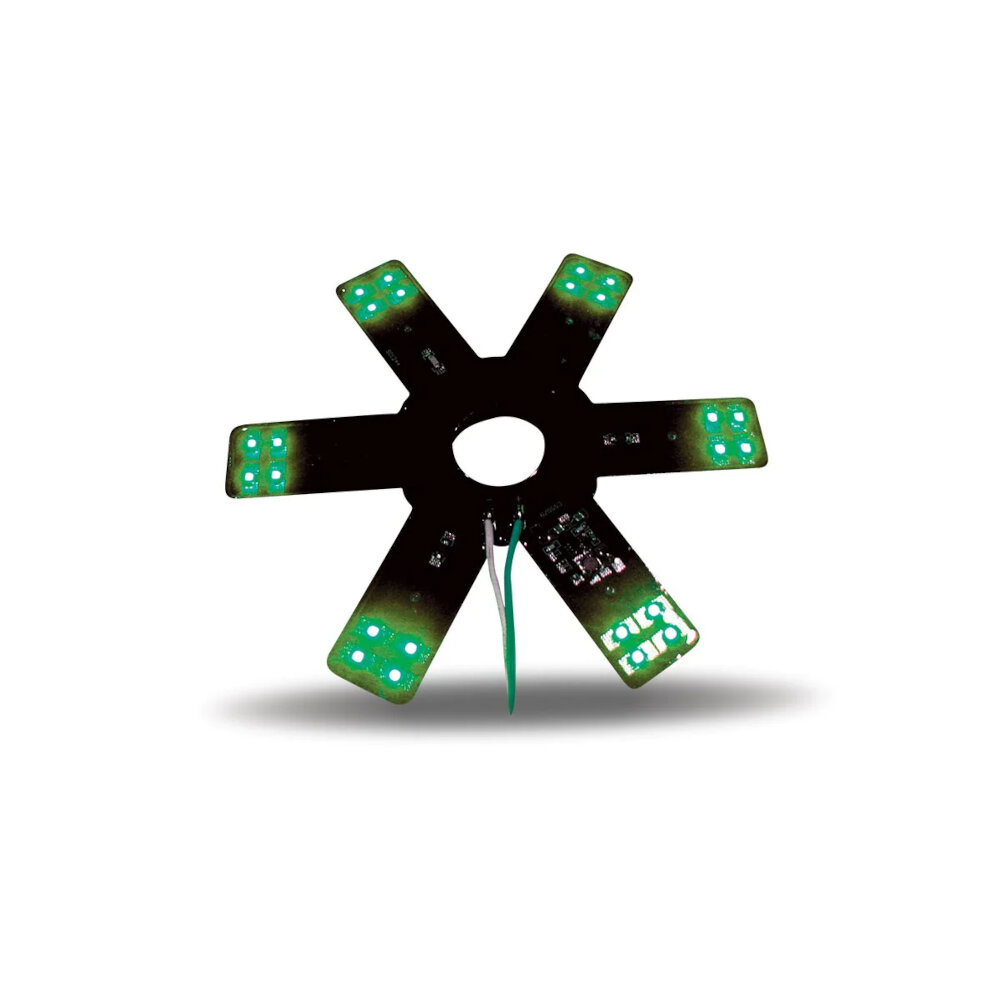
In conclusion, LED light radio interference is a common problem that can cause frustration for many people. However, there are several quick fixes that you can implement to eliminate this interference. Whether it’s using shielded cables, installing ferrite beads, or simply relocating your LED lights, these solutions can help you enjoy your favorite radio programs without any interruptions. It’s important to remember that different situations may require different fixes, so be sure to experiment and find the method that works best for you. By taking the time to eliminate LED light radio interference, you can create a more enjoyable and stress-free listening experience.



